Arts and Culture
Article
The Culturephiles
0d10b3f6-cfd1-4b72-9c99-78bbedcd04ac
4 min
https://edge.sitecorecloud.io/tessiturane75c3-tessituraneee12-development-6640/media/Images/Discover-Images/Andrew-Blog/Guest-Bloggers/Houdini/Houdini-straitjacket-768x465.jpg?h=465&iar=0&w=768
A childhood fascination becomes a grown-up understanding of the value of testing
Houdini, QA, and You

QA Specialist, Tessitura Network
Houdini, QA, and You
5/29/2019
4 min
I was eight or nine, possibly ten, when I first read about Harry Houdini, Handcuff King and Prison Breaker.
Houdini, a marketing genius before his time, would stroll into town a day or two prior to performing and publicly challenge local authorities to shackle him. The local police would duly oblige, deploying their best restraints, from which Houdini promptly did the inevitable: he escaped. Sometimes he escaped from the inside of a milk can filled with water.
Sometimes he escaped local jails after being strip-searched, handcuffed and locked in a cell. Occasionally he escaped while jumping off a bridge, as one does when presented the opportunity.
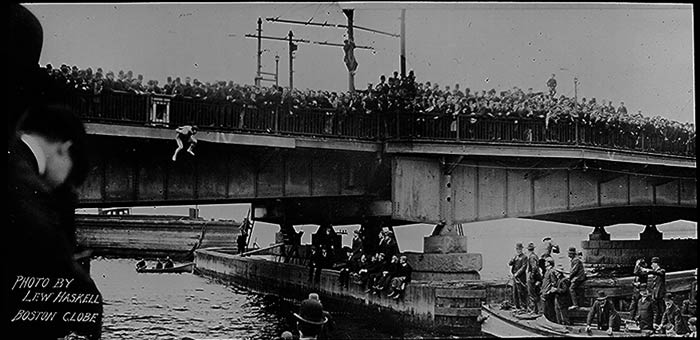
Upon finishing that book about Houdini, I had two of what we here in the future call takeaways, a word assuredly invented by someone in a suit channeling an eight, nine, or possibly ten-year-old.
The first takeaway was: Finally, someone with some useful practical knowledge. Fractions? Fine. Adverbs? I guess. Plants need sunlight? You don’t say. Escaping from handcuffs? TEACH ME.
I’m not sure why I envisioned my life having a definitive need to escape handcuffs and/or prison, but… handy, right? We can agree on this.
The book noted that upon his death Houdini’s methods and notes, his vast personal library of secrets and techniques, were donated to the Library of Congress. They’re still there, available for viewing.
This second takeaway was mind-blowing to me. Magic, for the taking? It was like Batman telling me where the Bat Cave was and, while I’m there, feel free to hit up his butler for a sandwich if I get hungry.
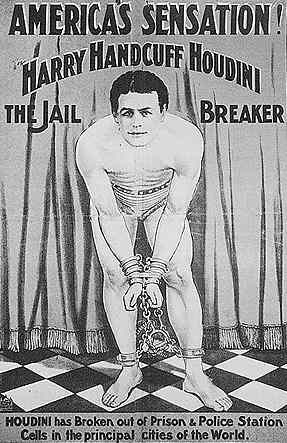
While it was the escapism of Houdini that sparked me as a boy, it was his later life I dwell on more and more, and I can trace this line of thought back to TLCC2016 in Washington, DC. That summer a colleague and I were presenting a new session, “Tips and Tricks For Testing in Tessitura.” The presentation detailed planning and best practices for testing out new versions and the websites supported by them. But something about the session was vexing me.
While I understood the necessity of the material, I worried: were we implying that the software needs testing all the time? Was I now saying I had no faith in our product?
Luckily, I had taken the opportunity while in DC to meet an old friend at the Library of Congress who could help me out.
[PRO TIP: when filling out the application for a Library of Congress ID, where it says Intended Use, you don’t have to write “acquire ability to escape prison.” Just select Personal.]
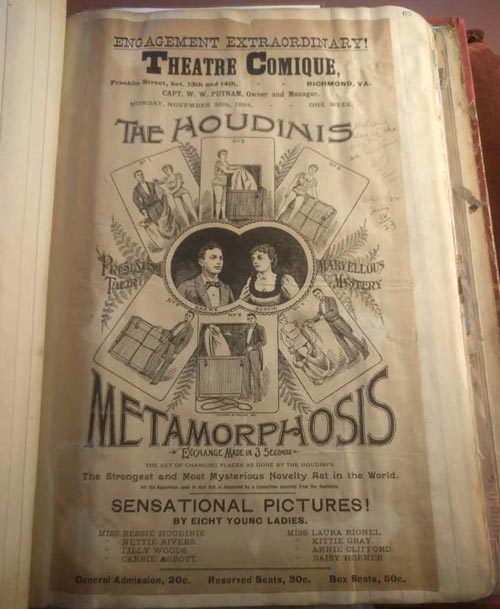
So it came to pass that in August of 2016 I spent hours going through Houdini’s materials, including many of his scrapbooks. I held books and pages with Houdini’s handwriting in them. It was an [expletive deleted] moment for me, if I’m allowed to say that sort of thing in someone else’s blog when they’re gone.
Unfortunately for the young boy who lives inside me (and demands frequent candy bars) I failed to find the small folio titled “Foolproof Handcuff Escape Tricks” I had long imagined. I did, however, notice something that I had forgotten.
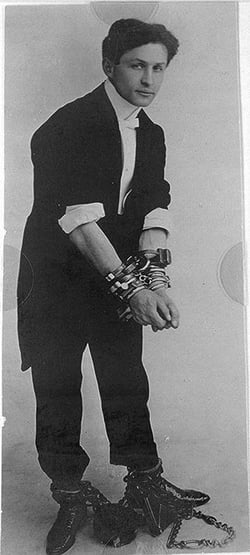 Houdini the escapist was an equally famed debunker of paranormal claims. Many of his scrapbooks contained brochures and flyers for traveling spiritualists: spirit guides who offered to broker a séance with departed loved ones for a modest fee. Like many of his peers past and present, Houdini saw these mediums as professionally immoral, debasing the time-honored arts of magic and misdirection. Houdini’s writings show that he was scathing in his appraisal of spiritualists. But for those who sought them out he displayed something else entirely: empathy.
Houdini the escapist was an equally famed debunker of paranormal claims. Many of his scrapbooks contained brochures and flyers for traveling spiritualists: spirit guides who offered to broker a séance with departed loved ones for a modest fee. Like many of his peers past and present, Houdini saw these mediums as professionally immoral, debasing the time-honored arts of magic and misdirection. Houdini’s writings show that he was scathing in his appraisal of spiritualists. But for those who sought them out he displayed something else entirely: empathy.
Spiritualism rose to its peak at a time of profound loss. The Great War and the flu epidemic that followed carved a generation out of the world’s population. Spiritualism also had a tacit endorsement from many great minds of the day, such as Arthur Conan Doyle and Pierre Curie. Taken in that context, was conversing with “the other side” really that outlandish a concept? And if you could talk to the other side, if you had even a slight inkling it might be possible, why not take the leap of faith?
Houdini, a man who had stood on stage in front of thousands making the impossible seem possible, understood the allure. He decided on a course of action that, conveniently, tied into my presentation: he designed a test.
Together with his wife Bess they settled on an agreed upon secret code — a song familiar to them both, among other things — known to only the two of them. Bess then agreed to hold a séance after Houdini’s death and waited for the agreed message. Houdini had told his wife and others, “If it is possible for anyone to get through after death, that person will be me.” I like to imagine he said this while polishing a large, brilliantly gold belt buckle with the word BOSS emblazoned on it.
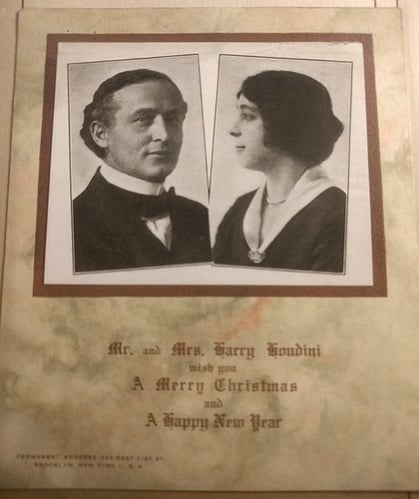
The reason this resonates with me is not the test itself. There were certainly previous attempts by others less notable. It resonates because it was Houdini who attempted it. Despite his lifetime of stage experience in magic, misdirection and sleight of hand, after the better part of a decade exposing mediums as frauds and despite all the voluminous evidence to the contrary, Houdini ultimately came to the conclusion that for this singular question, there was only one way to know for sure: to do it himself.
The results of the Houdini’s test to pierce the mortal veil have been, well, mixed. I will also most definitely drop a DON’T TRY THIS AT HOME warning as Andrew has a strict “no fatalities” rule for his blog.
Testing, as Houdini demonstrated, is ultimately medicine for skeptics. And so it goes that I follow Houdini’s lead and encourage you to do so as well. Please, try things out for yourself. I have a great deal of faith in our software, and know we strive to constantly make it the best version it can be. I also know that a part of me, no matter what, won’t believe it until I try it myself.
Testing, as Houdini demonstrated, is ultimately medicine for skeptics.
And that’s fine! Place the things we make in your hands, and see for yourselves what they can do. Maybe it’s a stretch to say that this too is magic for the taking. But it’s no small amount of magic for me and, if I may, the Tessitura Network, to see users take the features we develop and make them their own.
Andrew is on sabbatical. This is the first post in a series featuring guest writers from the Tessitura team.
Topics
Arts & Culture

Matt Hilgers
QA Specialist
Tessitura Network